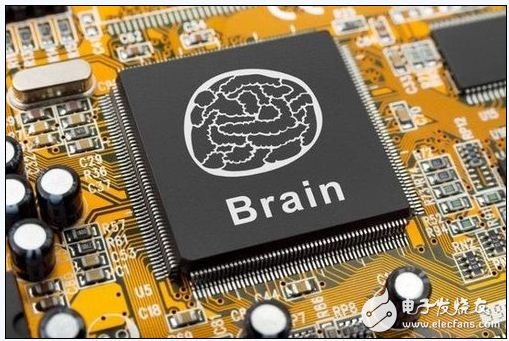According to foreign media reports, at present, scientists have recently developed a microchip that can simulate the information processing of the brain in real time. Neuroinformatics researchers from the University of Zurich and the Swiss Federal Institute of Technology have confirmed how complex recognition capabilities can be combined with electronic systems to form a neuromorphic chip. They can assemble and configure these electronic systems to function as real brains.

Swiss scientists have recently developed a microchip with brain information processing capabilities
Using computer systems to work as efficiently as the human brain, building an artificial brain system is the research goal of many scientists. Neuroinformatics researchers at the University of Zurich and the Swiss Federal Institute of Technology have now achieved a major breakthrough in understanding how to configure neuromorphic chips to simulate brain information processing capabilities in real time. They established cognitive capabilities by building an artificial sensory processing system.
The core of their technology is to simulate biological nerve cells. Many current neuroinformatics methods are limited to neural network models on traditional computers, or to simulate complex neural networks on supercomputers. Few scientists have developed electronic circuits that make it comparable to the real brain in terms of volume, calculation speed, and energy loss. Professor Giacomo-Indiveri of the Institute of Neuroinformatics (INI) at the University of Zurich explained that our goal is to simulate the performance of microchips in biological nerve cells and synapses.
This innovative research is crucial for constructing artificial intelligence systems such as neuromorphic cells. At present, they have successfully developed a neuromorphic system that can perform complex sensory cognitive tasks in real time. They confirmed that the microchip can complete a task that requires short-term memory and decision-making judgment, which is a typical characteristic necessary for cognitive testing. The research team combined neuromorphic cells in a computer network to execute neural processing modules, which functioned as "finite state machines"-mathematical concepts that describe logical processing or computer programs.
Indeveri said that "finite state machines" can be converted into neuromorphic hardware in an automated mode. This network connectivity mode is more similar to the structure of a mammalian brain.
Shenzhen Innovative Cloud Computer Co., Ltd. , https://www.xcycomputer.com